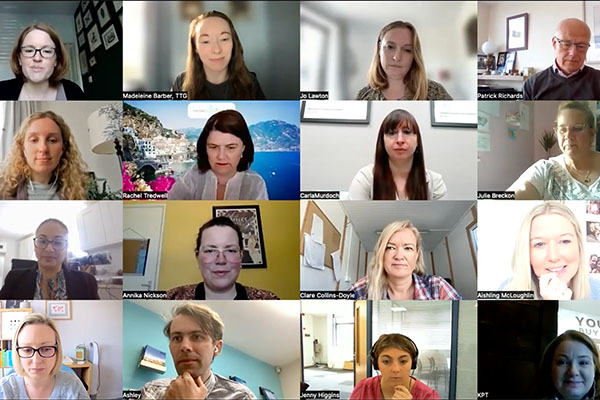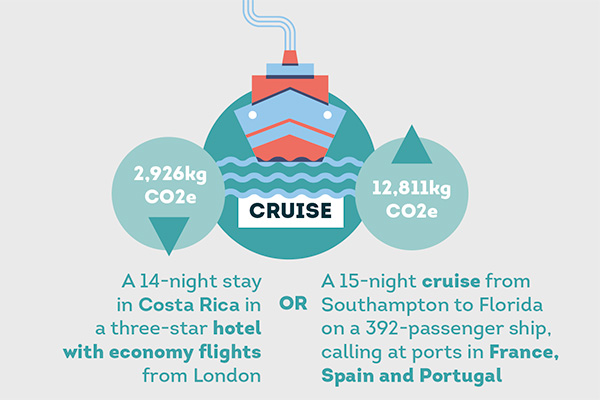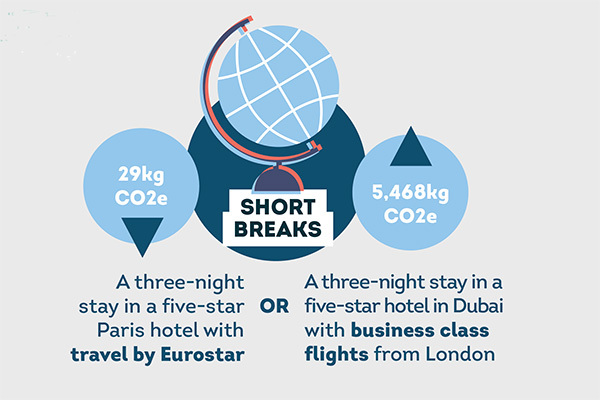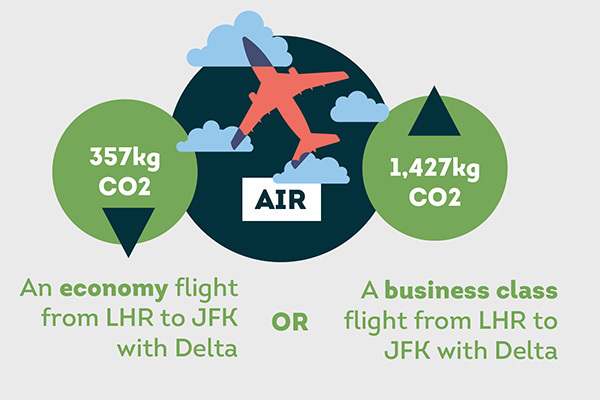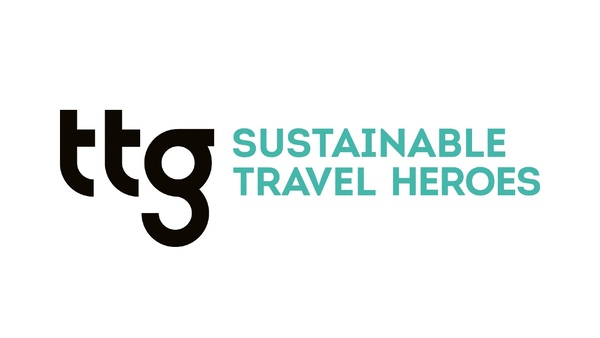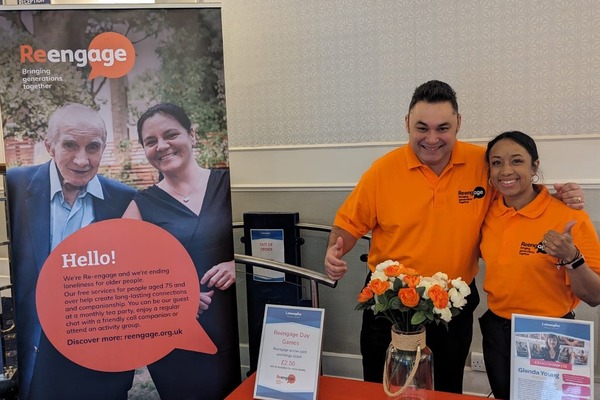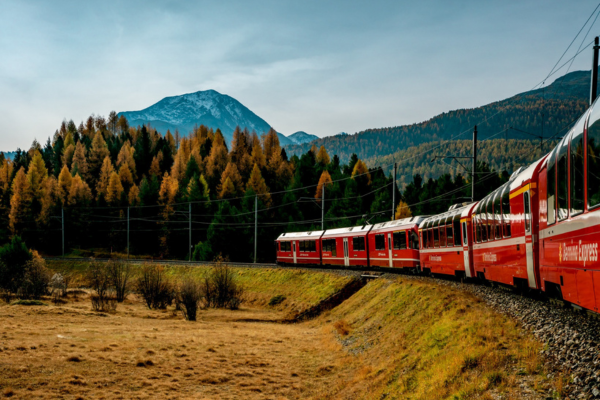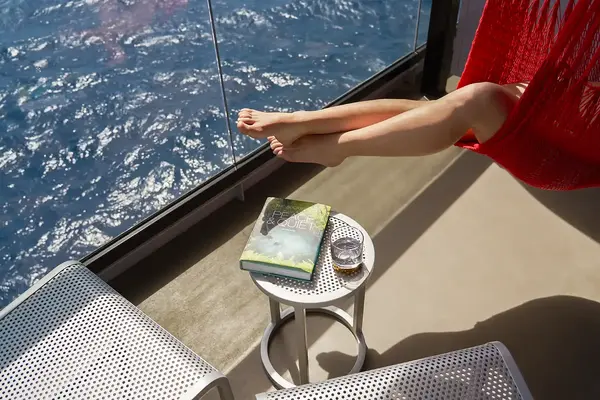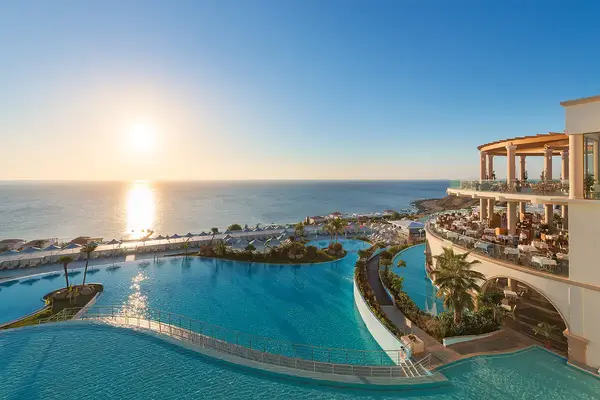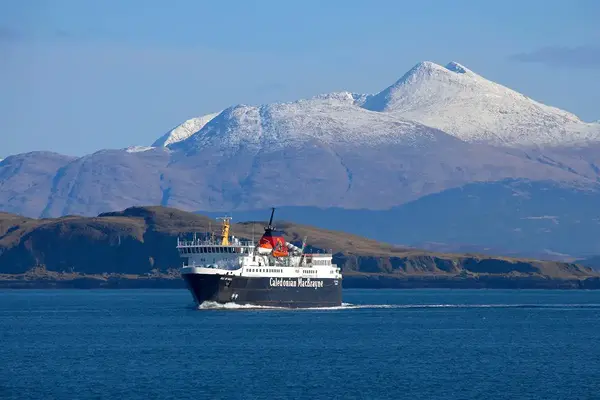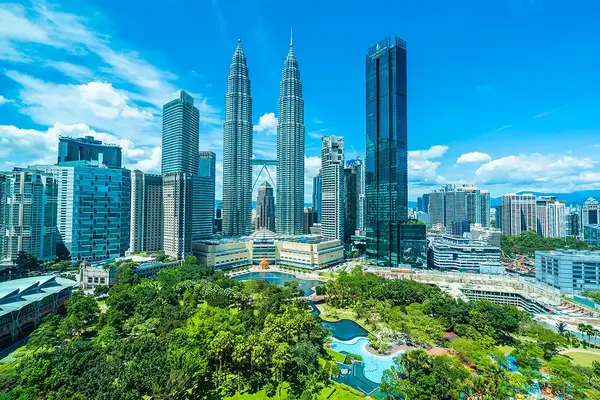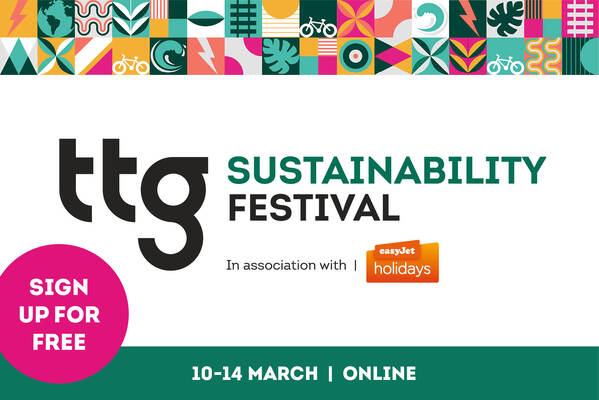Your step-by-step guide on how to quit carbon
It’s not just up to your customers to make more responsible choices, you can too. Madeleine Barber reports from the first of six TTG Sustainable Travel Ambassador workshops to give you tips for reducing harmful carbon emissions.
You might already be making sustainable choices such as reducing paper usage and opting for energy-saving lightbulbs, but can you say with certainty you understand the carbon emissions of your customers’ holidays, and how to reduce them? The tourism industry currently accounts for 8-11% of global emissions, but with the right attitude and actions it’s possible to dramatically reduce this percentage.
Carbon reduction is in the industry’s best interests; the world’s ski resorts, for example, have lost a whole month of skiable days in the past 30 years due to climate change – which equates to 20% of their revenue. This is according to Patrick Richards, director of TerraVerde Sustainability, which is TTG’s sustainability advisor and host of the first of six TTG Sustainable Travel Ambassador Workshops taking place in 2023.
Richards, who co-hosted a one-hour workshop titled “How to understand carbon” with TerraVerde marketing lead Joanna Lawton, advises: “Influence your customers and help them make good buying choices.” The duo outlined a number of small steps you can take to make a big difference both in your own lives and in your clients’.
WHAT CAN YOU DO?
Make measuring your carbon footprint using a website such as Carbon Footprint (carbonfootprint.com) your starting point – if you don’t know your usage it’s impossible to know you’re reducing it. Once you’re aware of how many tonnes of CO2e you’re producing during your chosen timeframe, you can look at ways to emit less.
If you have to choose just one way to do this, opt for changing to an energy supplier that uses either 100% or a majority of renewable energy sources. “You can save up to 3.4 tonnes of carbon per year by changing your energy tariff to a greener supplier such as Octopus Energy,” says Lawton, adding that smart switches and better insulation in our homes and offices can also have a big impact.
Our TTG Sustainable Travel Ambassadors in Training also had smart suggestions for cutting back (see box, below), and many have since signed, or encouraged their travel agency owners to sign, the Glasgow Declaration.
Cracking down on food waste and eating less meat is also a biggie, with an average meat-based diet in the UK emitting 7.2kg of carbon per day. Buying seasonal and local products helps, while you can use websites and apps such as Eaternity (eaternity.org) to measure the impacts of different foods and help you make better choices in supermarkets.
Of course there’s the obvious too; walk more, cycle places and use public transport frequently. But why not consider setting guidelines around this? At TerraVerde no team member will fly if a destination can be reached in five hours or less by train.
Top tips
Tips from the TTG Sustainable Travel Ambassadors in Training
• Change your mindset
• Stop printing customer documentation
• Don’t use paper brochures or window cards
• Turn off computers and appliances at the end of the day
• Audit your web hosting to ensure you’re using one of the greener companies
• Swap to energy-efficient lightbulbs
• Don’t use personal heaters
• Keep shop doors closed to retain heat
• Encourage staff to use public transport or car share
• Talk to councils to get them to invest in bike schemes
• Get an electric car for the business
• Move to electronic business cards
• Hold your landlord accountable for their choice of energy provider and usage
WHAT CAN YOUR CLIENTS DO?
While there is currently no go-to carbon calculator for holiday travel, TerraVerde is working on developing such a tool, so watch this space. In the meantime ensure you understand the emissions of different types of travel and help customers make more responsible holiday choices. Did you know it’s a myth that cruising ex-UK is a more responsible choice than flying to a holiday destination? “Travelling by sea is not always better than travelling by air,” says Lawton. This is due to the “dirty” fuels some cruise lines use and because sailing around with swimming pools and restaurants in tow does come with an environmental cost.
Flying direct is also important, since the majority of a flight’s carbon emissions take place during take-off and landing. This means taking one holiday of 14 days or longer is greener than taking two week-long breaks; the ideal year including one lengthy long-haul holiday and one short break by rail.
Avoiding business class is key. Why? A business class seat weighs three times that of an economy seat and takes up more space on the aircraft; china crockery and metal cutlery weigh more; and there’s a higher crew-to-passenger ratio.
You can help customers choose more sustainable suppliers by promoting more responsible airlines, tour operators, accommodation providers and cruise lines (see box, below).
Finally, “don’t use offsetting as a sticky plaster”, says Lawton. Only offset what you can’t reduce. Be wary of offsetting schemes that plant trees, as while one tree will remove one tonne of carbon over 100 years, it will barely capture any carbon in its first 25-30 years of existence. It’s much more effective to invest in schemes updating Africa’s cooking stoves, for example, as they’re currently accounting for 2.3% of global emissions. And if you do opt for a tree-planting scheme, choose one that plants in equatorial areas – these are much quicker to absorb carbon and so will help us reach our goals faster.
SMART SUGGESTIONS
Choosing responsible destinations and suppliers can help cut the carbon emissions of your customers’ holidays
Electric vehicles: Steer customers seeking car hire to suppliers with electric and hybrid vehicles such as Avis Budget Group, which has 30,000 in its fleet. Many countries still lack the infrastructure for this, but Norway is a safe choice.
Hybrid ships: Hurtigruten has the world’s first hybrid-powered expedition ships (MS Roald Amundsen and MS Fridtjof Nansen), which has reduced the line’s fuel consumption and cut emissions by 20%.
All-inclusive hotels: All-inclusive resorts aren’t always a sustainable choice, but Iberostar uses 100% renewable energy in its Spanish properties, has reforested 9,000 plants, donated 14,815 mangroves from its three nurseries and saved 213 tonnes of food waste.
Eco-conscious isles: Consider the energy consumption mix and infrastructure of different countries when selecting a destination, then make smart choices once there. Customers can rent electric vehicles with Avis on Crete, while those on Astypalea can use the astyGO app to car share and hire electric vehicles, e-scooters and e-bikes.
FIND OUT MORE
For further tips and advice on selling sustainable travel, please visit ttgmedia.com/sustainabletravelheroes


